Surgical treatment of snoring

specialists

equipment

treatment
Why does a person snore?
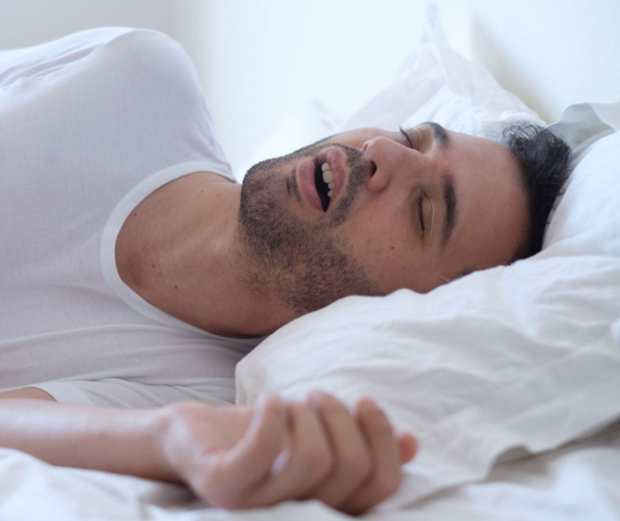
This is often associated with the structure of the nasopharynx and larynx and diseases of the endocrine system. This sound phenomenon is more common in men than in women.
The most common causes of snoring include:
- Deformation of the nasal septum (congenital or acquired)
- Narrow nasal passages
- Nervous pathologies
- Misocclusion
- New growths in the nose - polyps, tumors
- Enlarged uvula
- Large adenoids
- Hypertrophy of the nasal mucosa caused by chronic rhinitis
- Allergic swelling of the nasopharyngeal mucosa
- Increase in the size of the thyroid gland
- Flaxity of the soft tissues of the pharynx, which “sag” when a person is in a lying position during sleep, which causes apnea
Risk factors include alcohol abuse, smoking, obesity, and jaw injuries. Snoring is considered a pathology if it occurs constantly and does not depend on the position of the body during sleep.
General information about the procedure

The method of surgical intervention depends on the type of obstruction
- For type 1 - uvulopalatopharyngoplasty, laser uvulopalatoplasty or somnoplasty, straightening of the nasal septum, tonsillectomy
- For type 2 - the methods listed above in combination with myotomy
- For type 3 - myotomy
Types of surgeries for snoring
Surgery to eliminate snoring is divided into two categories: 1) plastic surgery of the soft tissues of the palate and larynx; 2) cartilage, bone structures of the nose and jaws.
Tonsillectomy
Nose surgery
The method includes:
- Septoplasty - straightening of the nasal septum
- Conchotomy or vasotomy - removal or correction of the nasal turbinates
- Polypectomy - removal of polyps on the nasal mucosa
These types of operations are effective if the cause of the disruption of air flow in the upper respiratory tract is a mechanical obstruction in the nasopharynx area. After the operation, nasal breathing is restored during sleep.
Uvulopalatopharyngoplasty
Soft tissue plastic surgery with removal of part of the soft palate with the uvula, tonsils and fragments of the pharyngeal walls. As a result of surgical intervention, it is possible to eliminate apnea by 50% and get rid of snoring, the patient begins to breathe freely through the mouth.
Uvulopalatopharyngoplasty is performed using the classical method using a scalpel. For type 2 obstruction, for better effect the operation is supplemented with myotomy with resection of the root of the tongue.
Myotomy of the genioglossus muscle
Jaw osteotomy
Surgery is often prescribed for malocclusion in case of abnormal structure of the bones of the facial part of the skull.
The surgeon cuts through the bone tissue and moves the lower or upper jaw forward and attaches it to metal fasteners. During snoring surgery, the sublingual space is enlarged and the genioglossus muscle is tightened. As a result of osteotomy, the patient gets rid of snoring and sleep apnea, and mechanical obstacles to free air exchange in all areas of the upper respiratory tract are eliminated.
If the described surgical methods are contraindicated or the person’s health does not allow other operations, the doctor may prescribe a tracheostomy. The procedure involves piercing the throat from the outside and inserting a tube directly into the larynx. As a result, air enters directly into the trachea, bypassing the nasopharynx and pharynx. This operation is not used against snoring, but to restore respiratory function in severe patients.
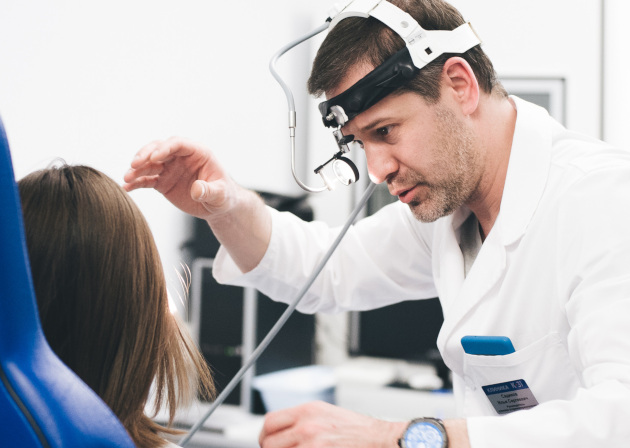
How is an appointment with an otolaryngologist at K+31?
Our doctors

This award is given to clinics with the highest ratings according to user ratings, a large number of requests from this site, and in the absence of critical violations.

This award is given to clinics with the highest ratings according to user ratings. It means that the place is known, loved, and definitely worth visiting.

The ProDoctors portal collected 500 thousand reviews, compiled a rating of doctors based on them and awarded the best. We are proud that our doctors are among those awarded.
Make an appointment at a convenient time on the nearest date
Price
Other services

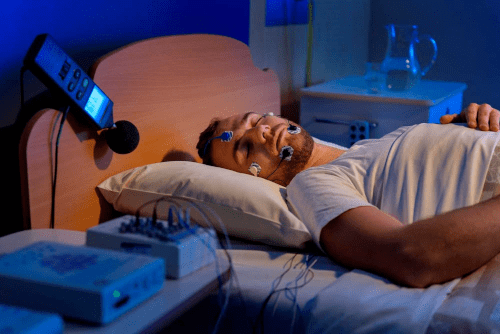



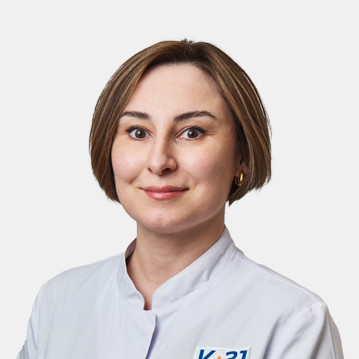
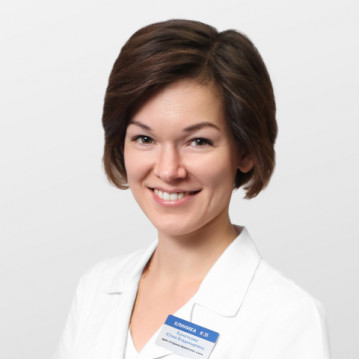

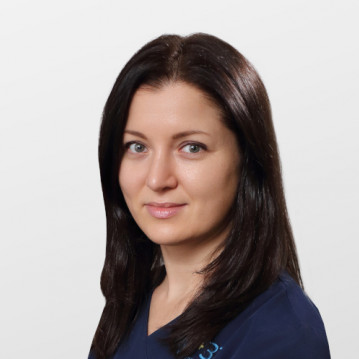
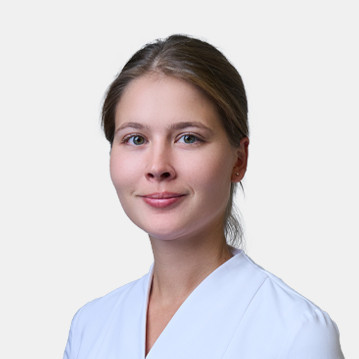
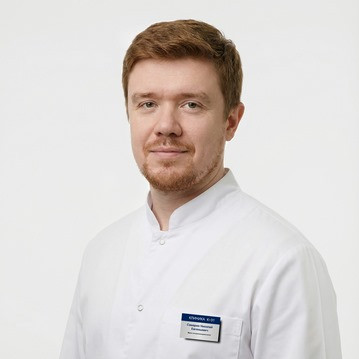
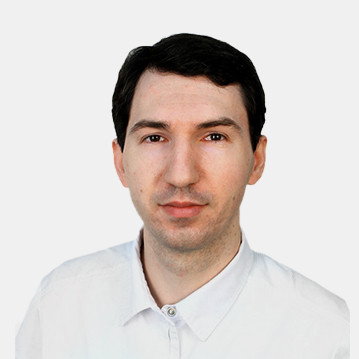
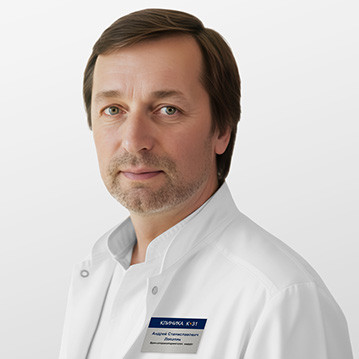
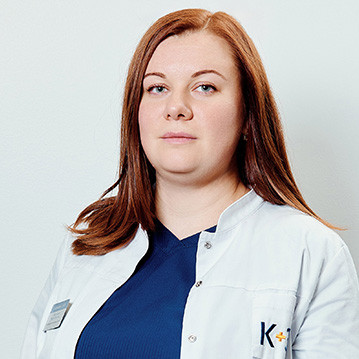
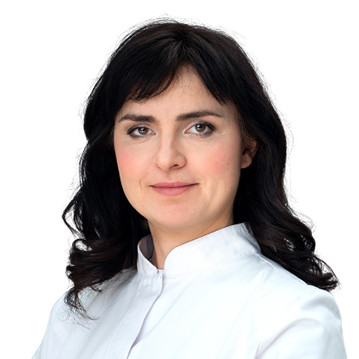
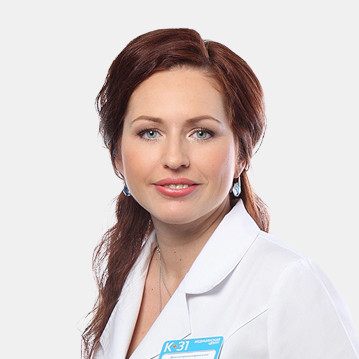
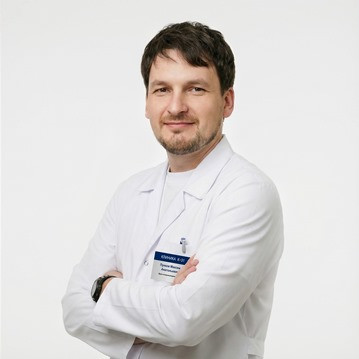
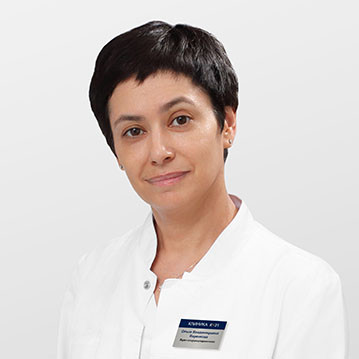
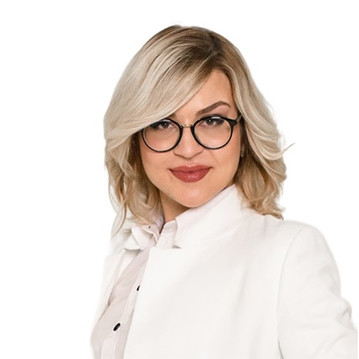
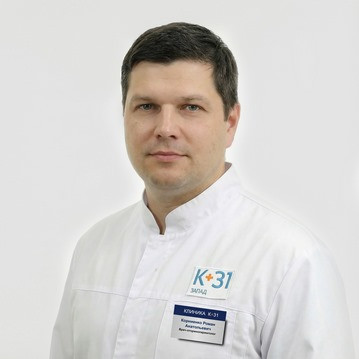
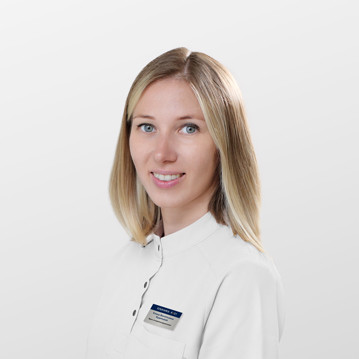
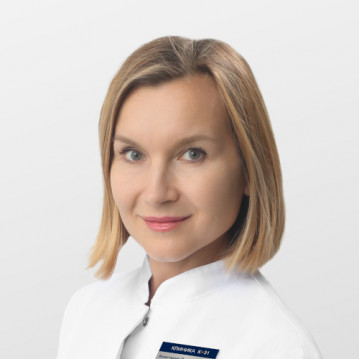
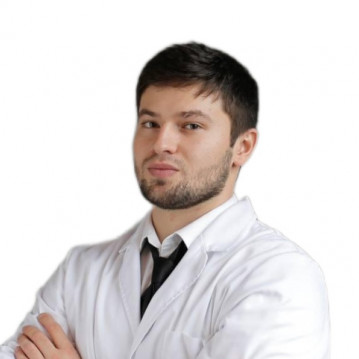

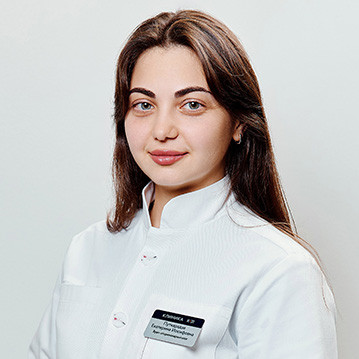
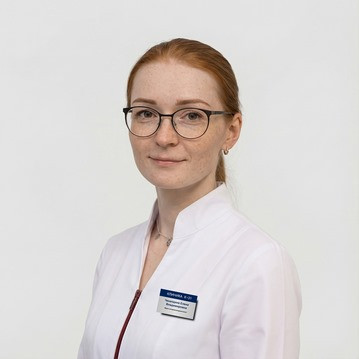
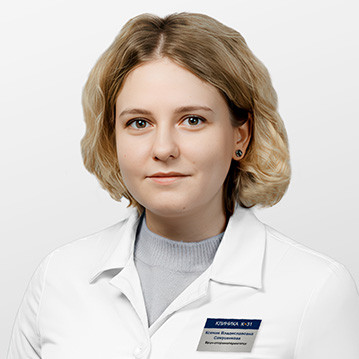
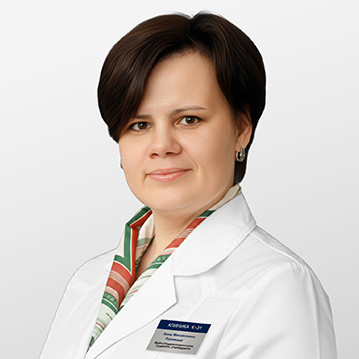

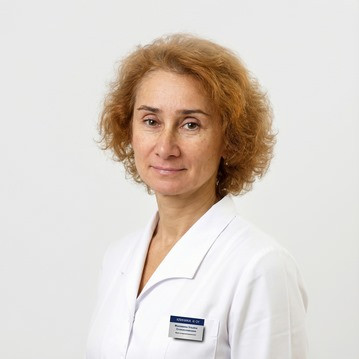







About the disease
Snoring is a physiological process in which normal breathing is disrupted during sleep, the walls of the nasopharynx begin to rattle and a characteristic sound appears. A person may snore due to a local disorder of the structure of the nose and pharynx or due to systemic diseases.
Snoring is often the main sign of apnea - temporary cessation of breathing during sleep. According to statistics, approximately 25% of young people suffer from this pathology and do not even know about it. Obstructive sleep apnea syndrome causes lack of sleep, chronic fatigue and oxygenation (oxygen starvation) of tissues.
Surgery to get rid of snoring in most cases eliminates unpleasant sounds. However, this does not always help to cope with the main cause - sudden and periodic stops in breathing during sleep.